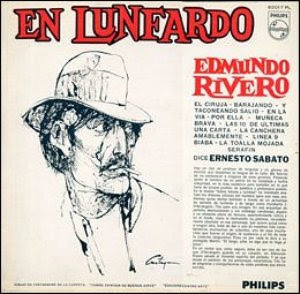MST, Brazil
Monday, November 24th, 2008
The Movimento dos Trabalhadores Rurais Sem Terra, or MST is a landless workers’ movement in Brazil that started around 1985. The MST insists its existance is to battle unjust land appropriation with new land reforms for Brazil. It’s main argument lies in the Brazilian constitution that states that land should be used with a “larger, social function” in mind. To fight this, the MST finds land that it deems is not living up to its constitutional standards, which includes the adequate usage of natural resources and the exploitation (while preserving the environment) of land for the well being of its owners and workers. The MST will then occupy this land and protest. While the land is occupied the MST also follows a legal plan which expropriates the land and gives titles to the workers. At the same time, the current owners fight to keep their land. This may seem a bit outrageous until you consider the distribution of land in Brazil. About half the land in Brazil is owned by 1.6% of the population, the lucky landowners. All arable land in Brazil is claimed by only 3% of the population. Because of this, the MST is the largest socially organized movement in South America with around 1.5 million MST members. Find more information about the MST on www.mstbrazil.org/.





